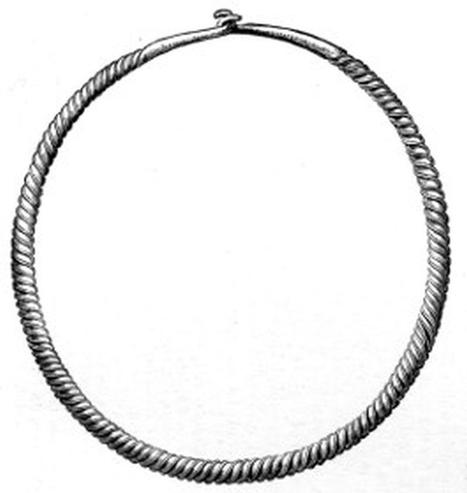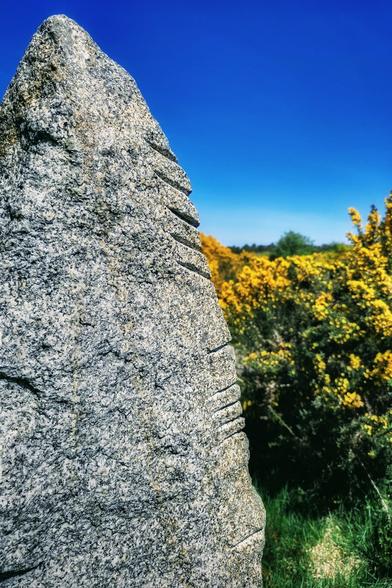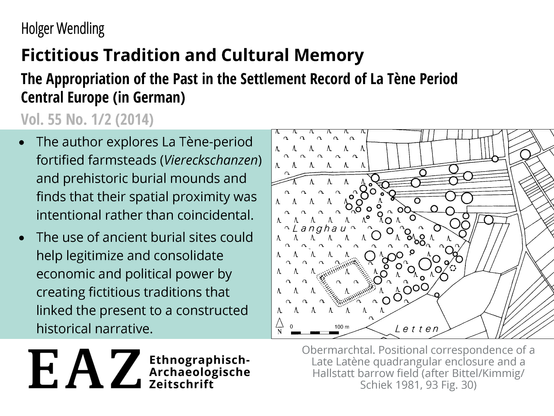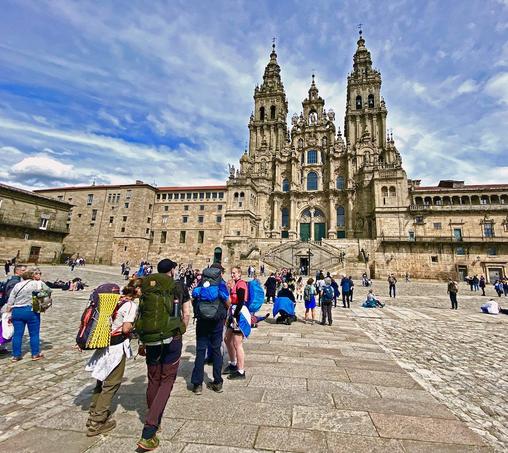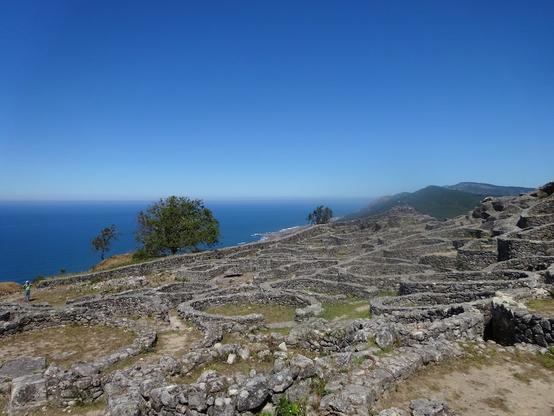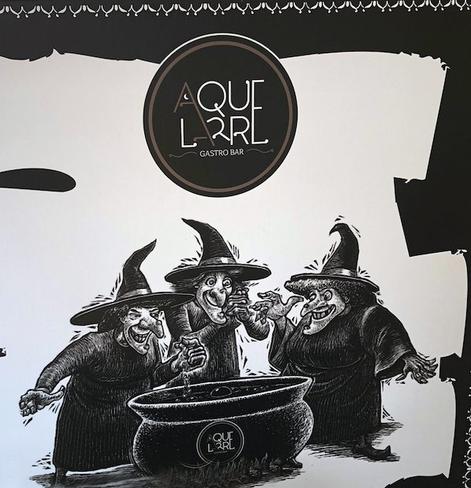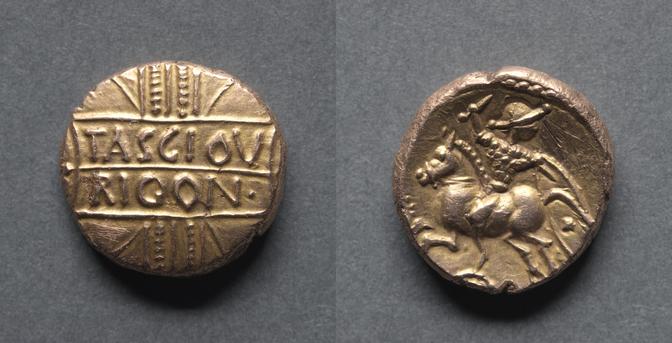Massacre of the #Usipetes and #Tencteri (55 BC)
Read more: https://toutacaillte.org/the-detribalization-of-europe/
In 55 BC, during Julius Caesar’s Gallic Wars, the Roman army massacred the Usipetes and Tencteri. These tribes had been displaced from their original lands by the Suebi and crossed the Rhine into Gaul, seeking new territory.
#Caesar denied their request for asylum in Gaul, leading to escalating tensions. As Caesar’s forces advanced toward the territory occupied by the Usipetes and Tencteri, the tribes requested a three-day truce to discuss and consider their position. Caesar, however, rejected their request for a truce, perceiving it as a delaying tactic. He chose instead to continue his advance, a decision that put pressure on the tribes and limited their options.
A small cavalry force of the Usipetes and Tencteri pushed Caesar’s forces back resulting in a Roman defeat. After repelling the Roman cavalry, they returned to their encampment, possibly believing they had successfully defended their position. The next day Caesar was met with tribal chiefs and elders from both tribes pleading for a truce and more time to make arrangements. Caesar detained them all.
Caesar retaliated with extreme measures. He launched a surprise attack on their encampment, which led to the massacre of a large number of tribe members, including women and children. Caesar’s account claims he killed 430,000 people, although this figure is widely considered exaggerated by modern historians.
Caesar’s account describes the fate of the non-combatants, particularly the women and children, who were caught in the midst of the conflict. As the Roman forces overwhelmed the Germanic tribes, these civilians fled the camp in a desperate attempt to escape the violence. Caesar directed his cavalry to kill these fleeing individuals.
In a final act of despair and with no other means of escape, a large number of them rushed towards the nearby Rhine River. Caesar describes a grim scene where many, in their attempt to cross the river, drowned due to exhaustion, panic, and the strong currents.
The incident was so controversial that Caesar later faced criticism and potential war crime charges in the Roman Senate.
#History
#CelticHistory #GermanicHistory
#DetribalizationOfEurope
C. Julius Caesar. Caesar’s Gallic War. Translator. W. A. McDevitte. Translator. W. S. Bohn. 1st Edition. New York. Harper & Brothers. 1869. Harper’s New Classical Library.
